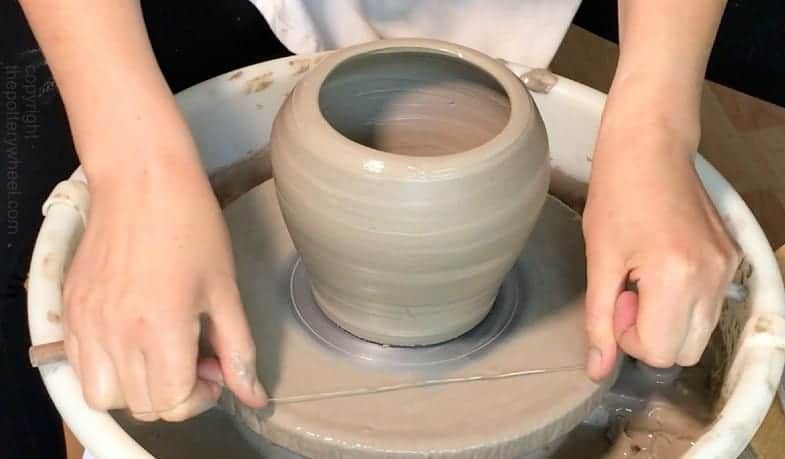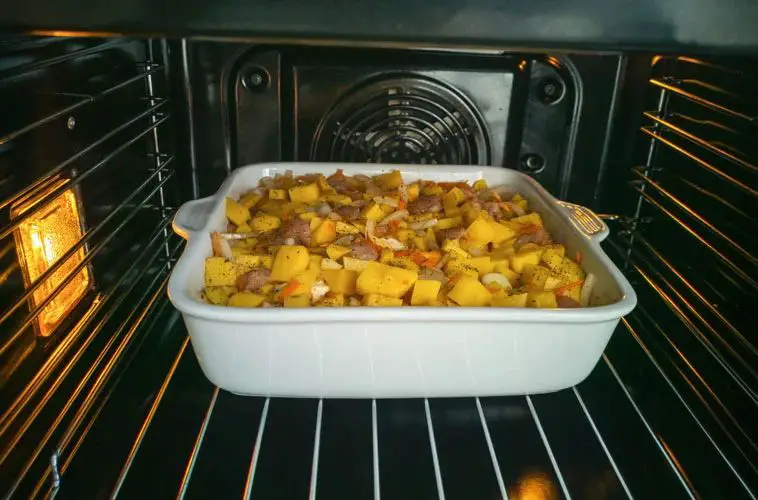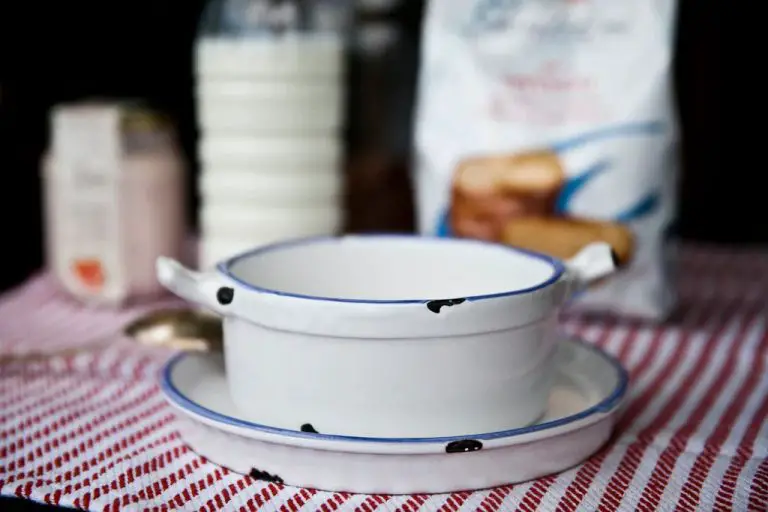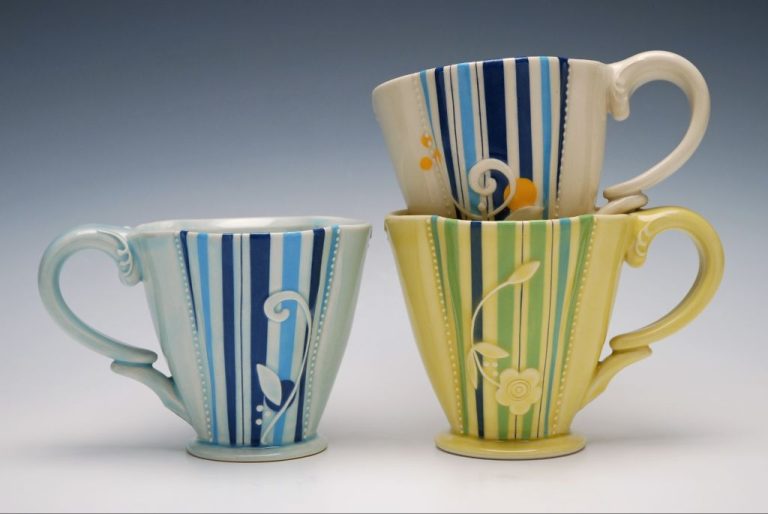Is Wheel Throwing Messy?
Wheel throwing is a technique for shaping pots and other ceramic objects by rotating a ball or slab of clay on a potter’s wheel while molding it with the hands. According to the Pottery Wheel, wheel throwing is “the process of shaping clay into pottery by placing a ball or slab of clay onto a spinning horizontal disc called the potter’s wheel” [1]. The potter centers the clay on the wheel head, and then pushes and pulls against the spinning clay to form the desired shape.
Wheel throwing allows potters to quickly and symmetrically shape rounded objects like bowls, cups, vases and plates. It requires practice to perfect techniques like centering, opening, pulling, and trimming. But it enables much more consistency and efficiency compared to handbuilding techniques. Wheel thrown pottery has characteristic surface designs from the spinning process. It is one of the most common forming techniques in pottery worldwide.
Mess from Clay
Clay can be a very messy material to work with while throwing on the pottery wheel. As clay dries, it readily sticks to hands, clothes, tools, and surfaces. According to a post on the Ceramic Arts Daily forums, some clays are less messy than others, but all clays will dry and produce some mess (source). The drying clay ends up coating hands, leaving dried flakes on clothes, and sticking tools and bats. A Reddit user described the challenge of clay being non-homogeneous, with wet and dry parts reacting differently while throwing (source). The mess from clay drying on hands, clothes, tools, and surfaces is an inevitable part of wheel throwing.
Mess from Water
One of the messiest parts of wheel throwing can be the splashing water from the process. As the clay spins rapidly on the pottery wheel, centripetal force causes water to fly off in all directions if not properly controlled (Beginners use of water amounts for throwing, 2023). Using excessive water when throwing clay can lead to a huge splashing mess.
Most beginners tend to use too much water when centering and opening clay on the wheel, which saturates the clay and reduces control (Using throwing slip versus water for wheelthrowing, 2022). The key is to use just enough water to make the clay pliable without becoming overly wet and sloppy. Experienced potters recommend using a throwing slip or bat wash instead of plain water, as this helps control moisture content.
Strategies like keeping a towel handy, using splash guards, and working methodically can help minimize the mess from water when wheel throwing. While some splashing is inevitable, planning ahead helps limit the mess and prevent damage from excessive moisture.
Mess from Trimming
Trimming refers to the process of refining the shape and surface of a ceramic piece after it has partially dried in order to create a smooth, finished look. This can be a messy process as it generates a lot of clay dust.
As a pot dries, the clay becomes firm and can be handled without deforming. At this “leather hard” stage, potters will use trimming tools to shape the piece by removing excess clay and refine details on the surface. The friction of the metal trimming tools cutting into the clay produces fine clay dust that gets dispersed into the air.
Trimming requires the potter to hold the piece while rotating it against the moving trimming wheel or turntable. This constant abrasion kicks up plumes of drying clay dust right at the potter’s workstation (source). The dust coats any nearby surfaces, the potter’s clothes, and hangs in the air to be inhaled or settle around the studio.
The amount of dust produced depends on factors like the clay body, the tool being used, and the stage of dryness. Certain clay types with grog or sand tend to generate more dust. Metal loop tools create finer particles than ruby tools. Clay that is too wet or too dry also produces excessive dust.
Trimming requires extra cleanup to control the spread of dry clay dust. Strategies like wearing a respirator, having proper ventilation, and trimming over a water tub can help mitigate the mess (source). Despite best efforts, trimming remains one of the messier steps in wheel throwing.
Mess from Glazing
Glazing wheel-thrown pieces can be a messy process, with lots of drips, splatters, and spills. Here are some common ways glazing can get messy:

Drips and splatters from dipping pieces into glaze or pouring glaze over them. It’s easy for excess glaze to drip off pieces onto the work surface or floor. Splattering can also occur when dunking pieces into buckets of glaze.
Overglazing or applying glaze too thickly can lead to drips running down piece or puddling at the bottom. It takes practice to learn how much glaze is enough. Using a soft fan brush to apply glaze can help minimize drips (Source).
Glaze dripping through kiln shelves if too much is applied. These drips can bake onto the shelves.
Spilled glaze on work surfaces that needs to be cleaned. Glaze buckets get knocked over, brushes drip, and pieces drip when moved.
So in summary, a lot of the mess from glazing comes from the inherently drippy, splattery nature of applying liquid glaze to pottery pieces. But learning proper glazing techniques can help minimize the mess.
Mess from Firing
Firing pottery in a kiln can generate a significant amount of ash, smoke, and dust. As the kiln heats up to high temperatures, any organic matter or impurities in the clay and glaze will burn off, creating ashes and smoke. This ash and smoke needs to vent properly through the kiln’s flue, or it can leave residue inside the kiln or studio. According to user comments on Reddit, it’s important to have good ventilation when firing a kiln to avoid smoke buildup in the studio (https://www.reddit.com/r/Pottery/comments/1527egs/kiln_firing_cracking_sounds/).
If the kiln gets too hot during firing, glazes and clay can start to melt or bloat, causing pieces to stick to the kiln shelves. This can create debris and dust in the kiln that needs extensive cleanup. One post on Ceramic Arts Daily mentions having to chisel melted glaze off kiln shelves after firing too hot (https://community.ceramicartsdaily.org/topic/17357-kiln-fired-too-hot/). Proper firing is essential to minimize interior kiln dust and smoke residue.
While firing generates plenty of mess needing clean up, proper kiln maintenance, ventilation, and firing procedures can help minimize and contain it.
Cleaning Up
Cleaning up after a pottery wheel throwing session can be time consuming, but taking the time to properly clean your tools, wheel, and floors is important. Here are some tips for cleaning up efficiently after throwing:
For cleaning your tools like ribs and trimming tools, rinse off any wet clay thoroughly and use a stiff nylon brush to scrub away any dried or caked on clay. Avoid using metal brushes or abrasives that could damage the tools. Allow tools to air dry completely to avoid rusting (Source).
To clean the wheel head, it helps to remove any clay chunks first while the clay is still damp. Then scrub the wheel head with a nylon brush and either water or a 50/50 mix of vinegar and water which helps dissolve dried clay. Avoid using abrasives on the wheel head. Thoroughly dry the wheel head after cleaning to prevent rust (Source).
For the floors around your wheel and work area, sweep up any clay bits and dust, then use a wet mop with warm water and a small amount of liquid dish soap or vinegar. Let the floors fully dry after mopping. You may need to repeat mopping a few times if there is a lot of built up clay on the floors (Source).
Preventing Messes
There are a few simple ways to prevent and minimize messes when wheel throwing. The most obvious is to wear an apron. A full-body apron or smock will protect your clothing from water, clay and trimmings splashing up from the wheel. Neoprene or other waterproof aprons are ideal. You can also consider wearing old clothes and shoes that you don’t mind getting messy when throwing.
Another important habit is to clean up as you go. Keep some rags or paper towels close by to wipe down your tools, wheel and work area frequently. Scrape off any leftover clay and remove trimmings before they can dry and stick. Having a bucket of water next to the wheel makes rinsing things off quicker and easier. Promptly clean up larger spills or splatters on the floor to avoid tracking clay all over. Maintaining cleanliness throughout your throwing session will save you major cleanup time later.
According to a Reddit post, working with properly moistened clay will also cut down on messes. Clay that is too wet or too stiff tends to splatter more. Find the right consistency where the clay moves smoothly under your hands without dripping or cracking.
Embracing the Mess
While wheel throwing can get messy, it’s important to embrace the mess as part of the creative process. As the article “Embracing Mess in Your Creative Process” on Medium states, “Driftwood art is a great example of embracing mess because it is based in the process of refining. When that Birkenstock-wearing, craft-beer-drinking artist gathers materials from the beach, they have only a vague idea of the final piece.”
Just like driftwood art starts with a messy pile of materials, wheel throwing begins with a lump of wet clay that gets shaped through a messy, iterative process. The YouTube video “Embracing the Messy Creative Process” also highlights how mess is a key part of creation, with the narrator stating “Messy is my favorite part of the process. It’s where things start happening.”
While cleaning up clay, water, and slip can feel tedious, it’s important to accept the mess as a natural part of wheel throwing. The mess is not a sign of failure, but rather a sign that creativity and discovery are happening. As we refine the clay from an amorphous lump into a beautiful finished piece, we can find joy in the journey of creation.
Conclusion
In summary, wheel throwing pottery can certainly be a messy process at times. The clay itself will splatter and stain surfaces as you work with it on the wheel. Water is constantly needed to keep the clay malleable, resulting in splashes and spills. Trimming and smoothing freshly thrown pieces inevitably scatters debris. Glazing is a wet, drippy process that requires care to avoid messes. The high temperatures of firing will burn off material from the clay and glaze. Proper cleaning is essential after each step to contain the mess. While messes are part and parcel of wheel throwing, taking some basic precautions like wearing an apron, working on protected surfaces, and cleaning up promptly can help minimize the chaos.
The mess involved with wheel throwing pottery may seem inconvenient, but it’s an integral part of the organic art and craft of shaping clay into beautiful, functional pieces. The process bonds the potter with the medium and is part of what makes throwing so immersive and gratifying. While mopping up spills and scrubbing clay from surfaces takes time, the joy of creating is worth a bit of extra effort. With the right preparation and attitude, the mess can be managed and even embraced as part of the wondrous, messy miracle of making pottery.



